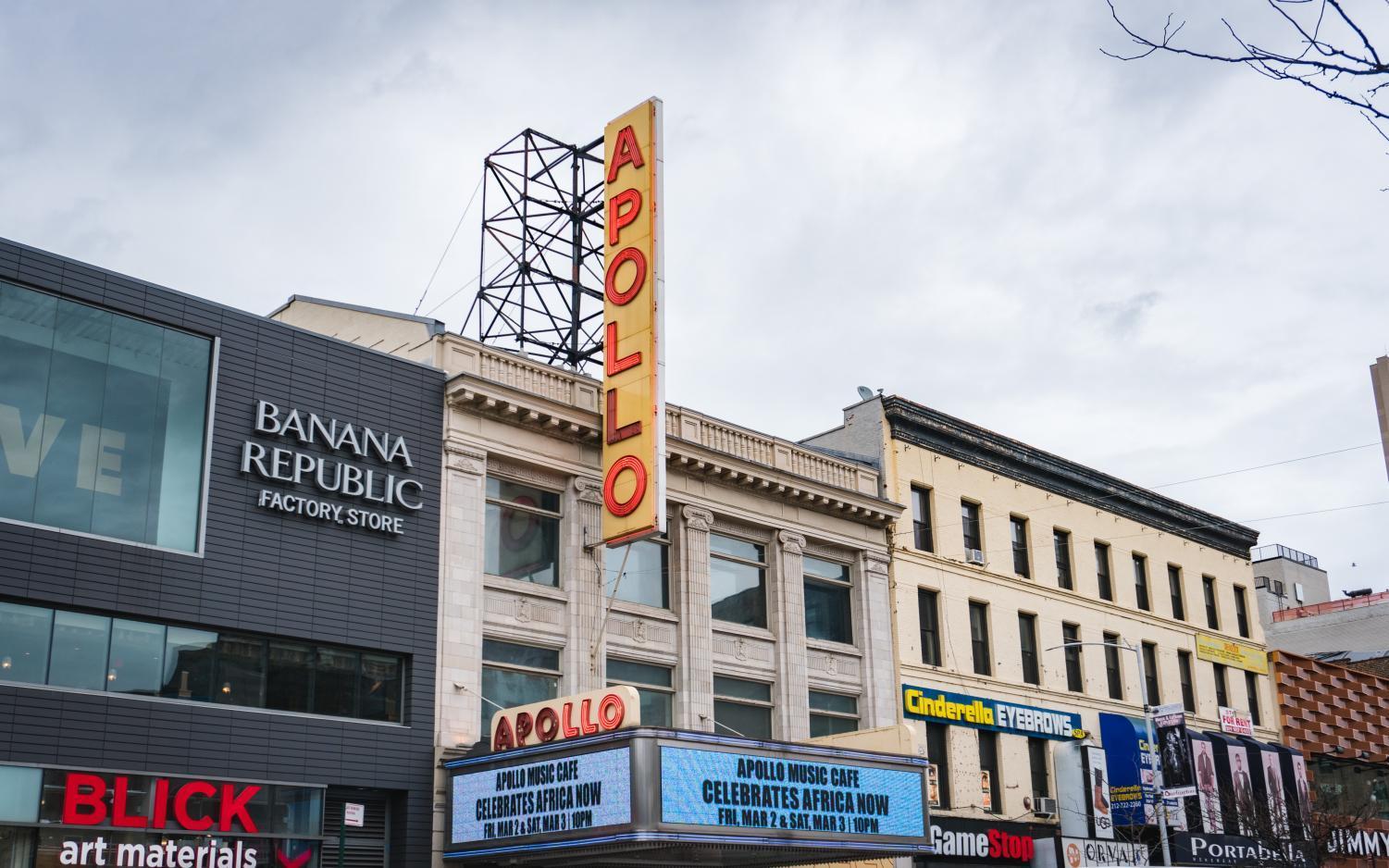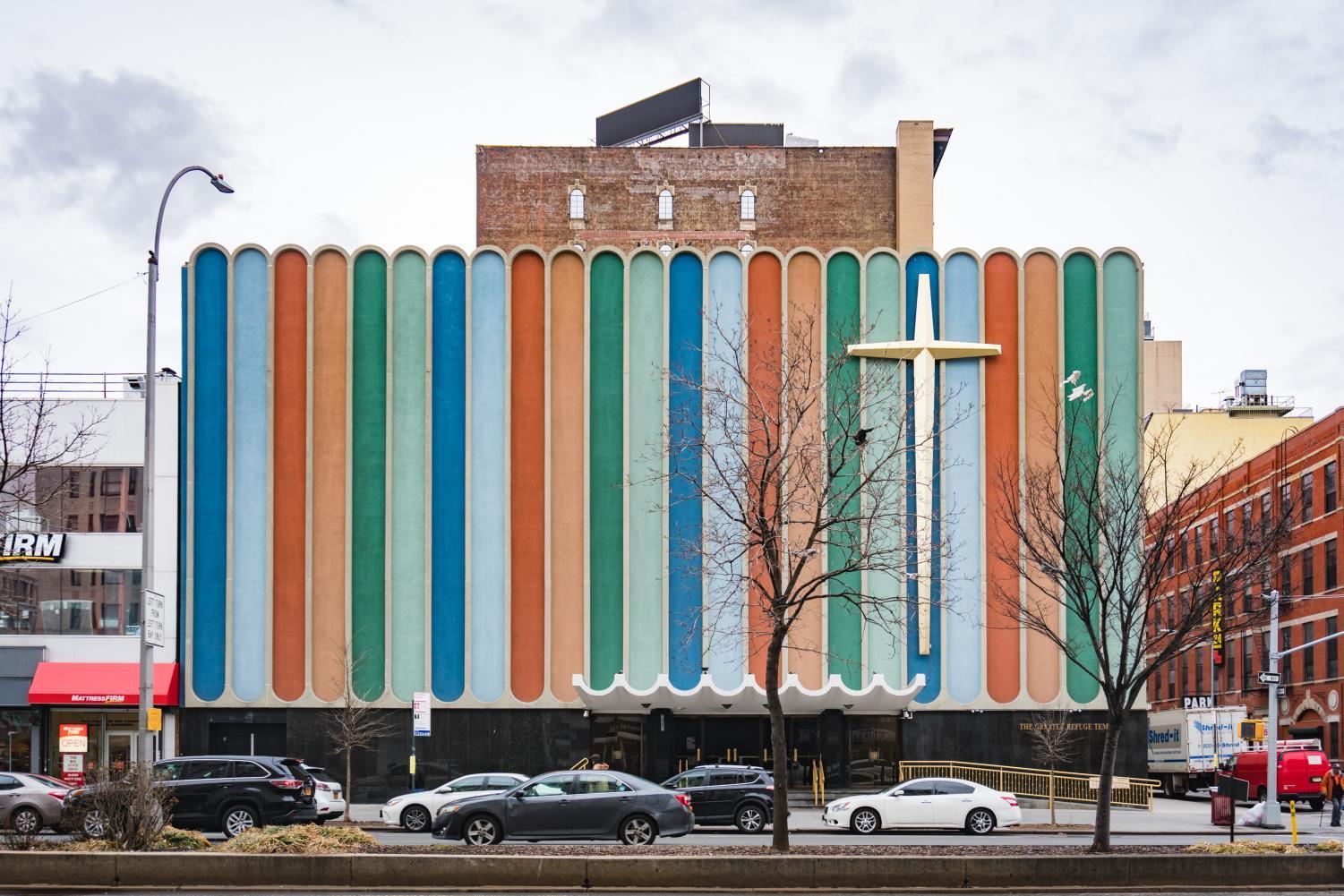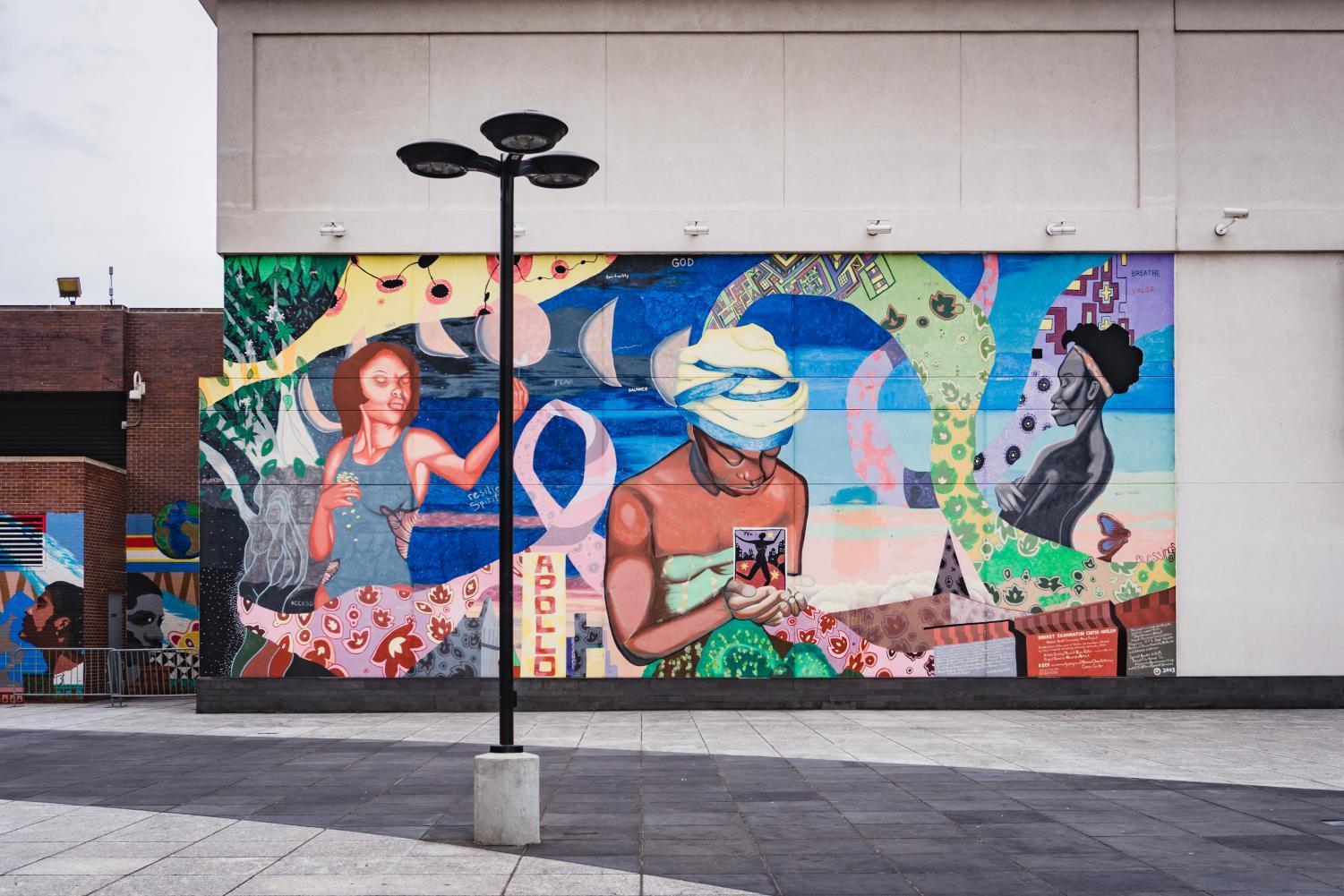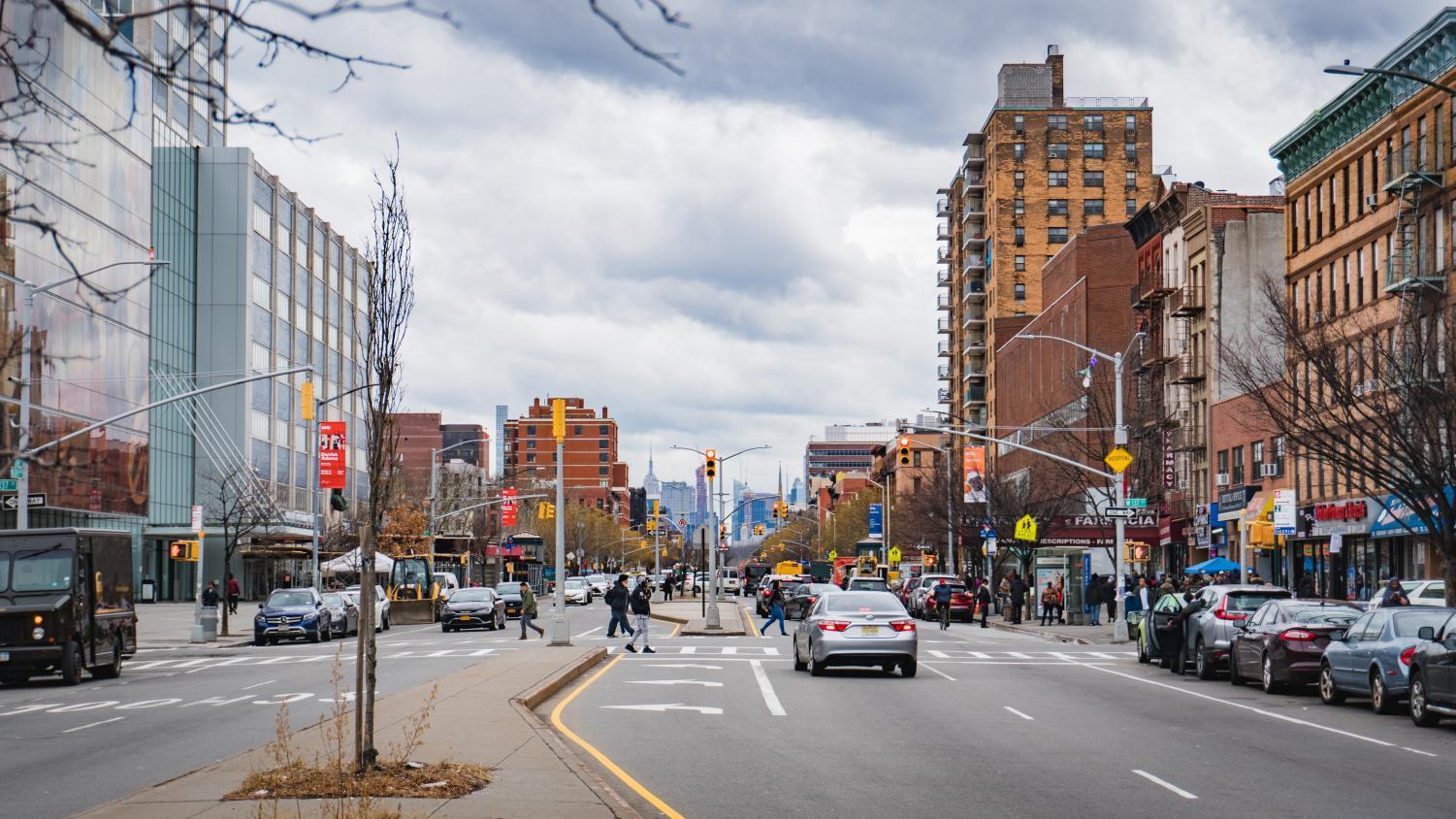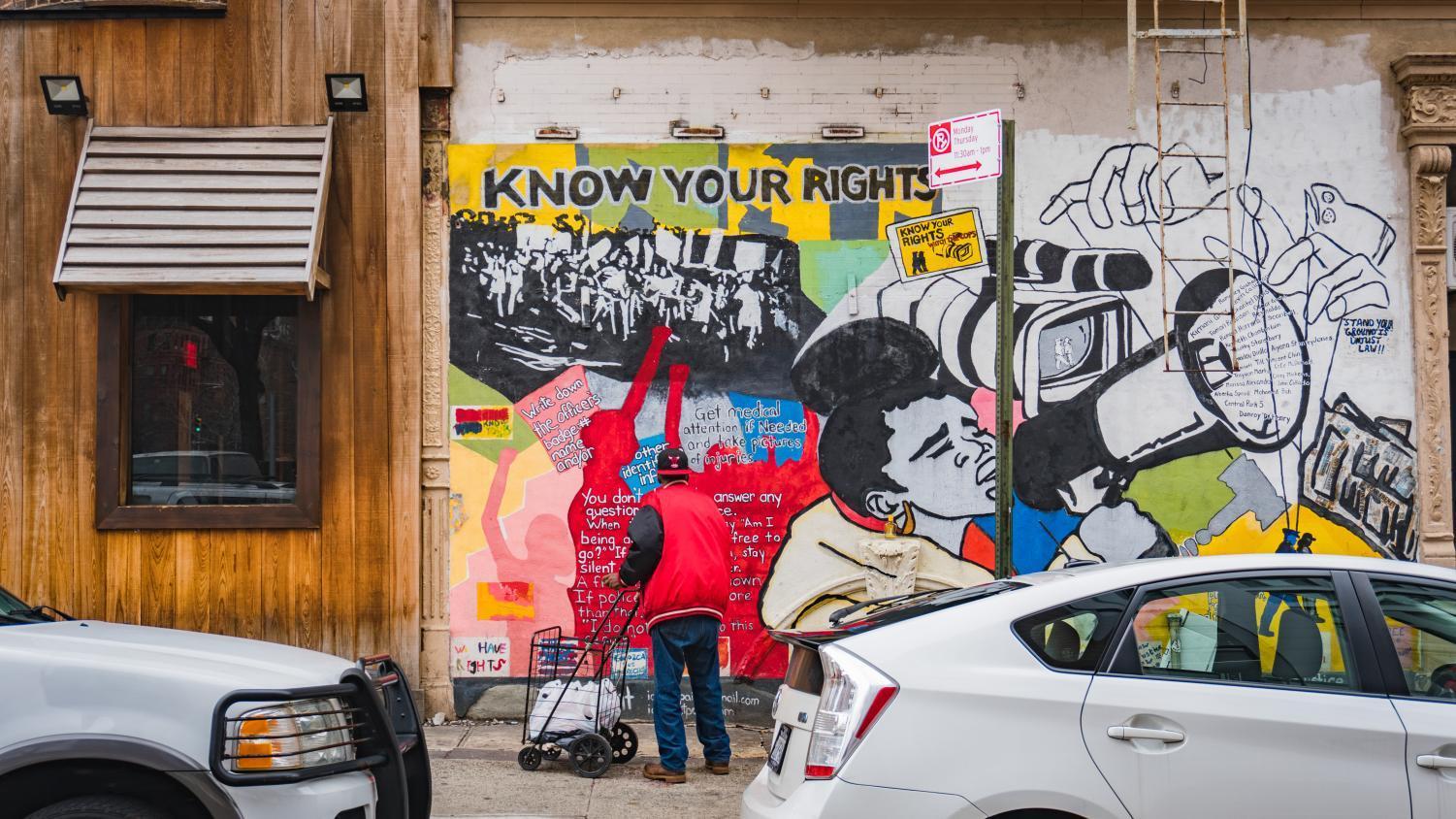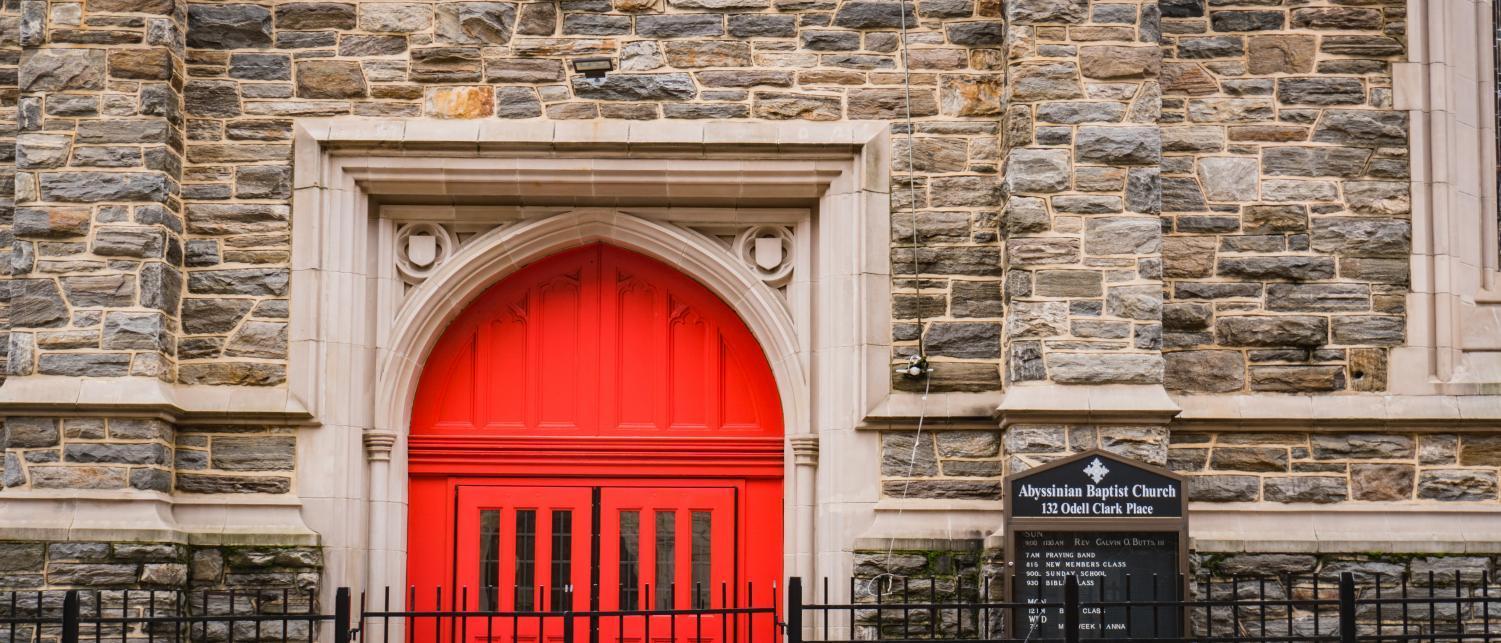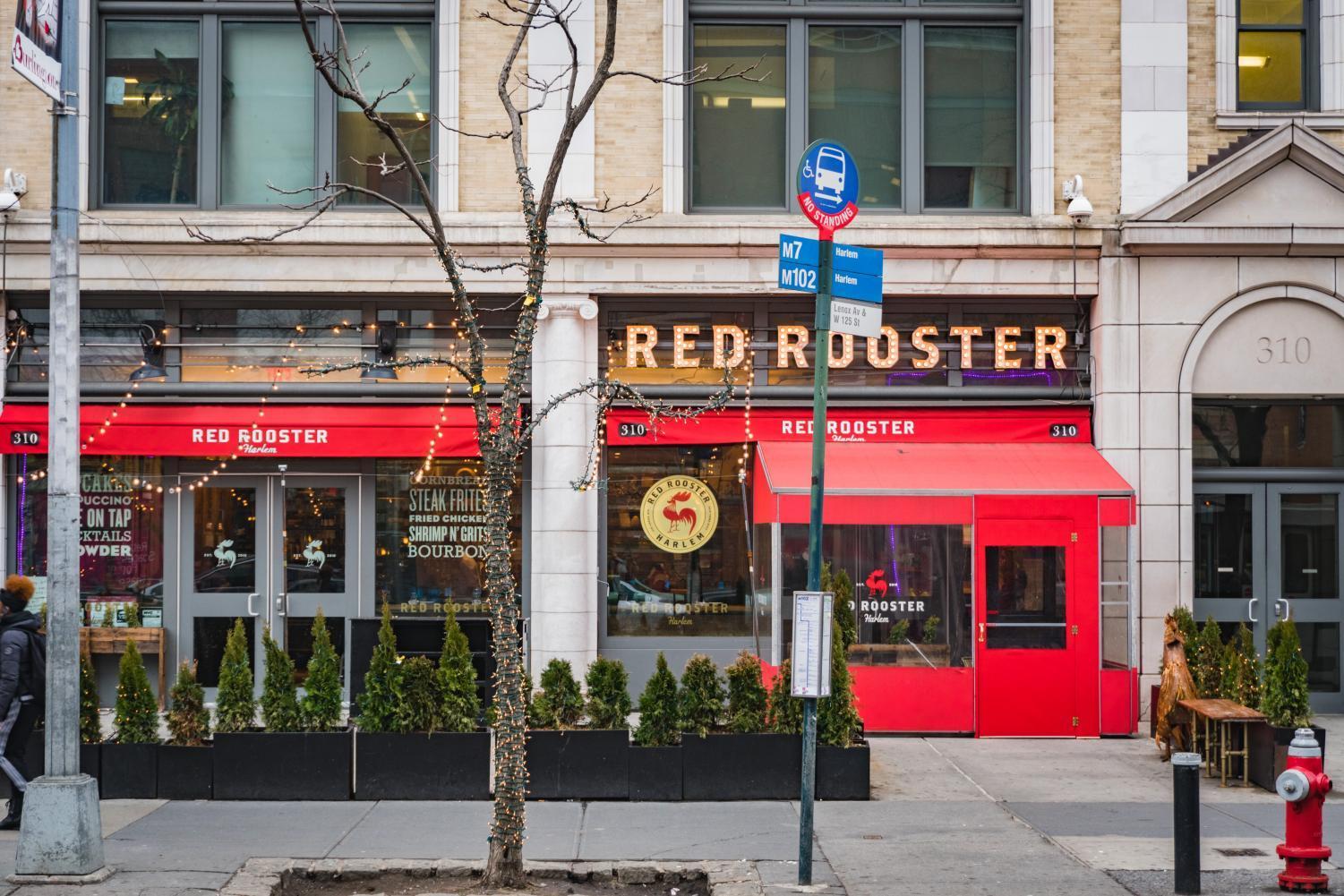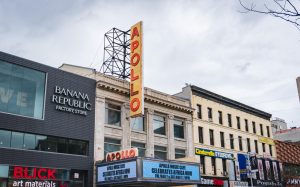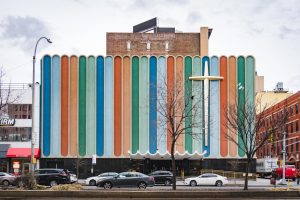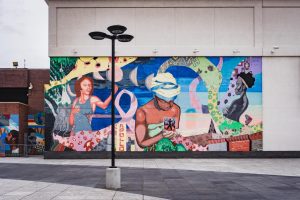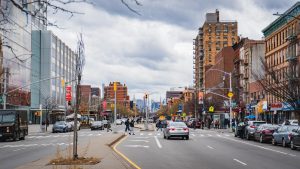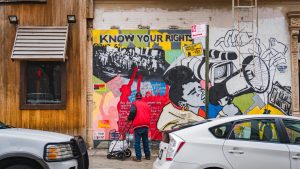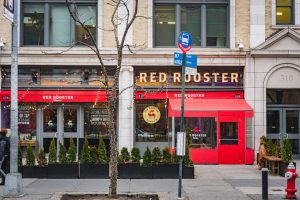Explore With Me: Harlem
February 20, 2018
From noble houses to bustling African market streets, Harlem breathes the history of the city in a special way. Marked by a diverse and creative population, this area of New York is becoming a popular place to not only hang out but also to live. Although the trek up to Harlem is a long one for NYU students, it’s worth experiencing the unique culture that has developed over decades.
The subway takes you to 125th Street — the heart of Harlem. On the main street of the district, vendors sell African scarves and drums, CDs and African-American literature. Hip-hop blares from the surrounding shops and everything seems a bit more colorful than anywhere else in New York City.
At 253 W. 125th St. you’ll find the Apollo Theater, which has been Harlem’s cultural center since the Harlem Renaissance. In its legendary “Amateur Night,” which took place every Wednesday, musicians such as Ella Fitzgerald, Stevie Wonder and Michael Jackson were discovered.
The Harlem Studio Museum houses hundreds of pieces by African artists and about African-Americans in America. Past this famous museum lies Lenox Avenue, which is also known as Malcolm X Boulevard after the famous civil rights movement leader. The area around this street forms the gastronomic focus of nightlife in Harlem. Here you can experience the roots of American food at the Red Rooster, or try classic soul food at Sylvia’s. After dinner, end the evening in one of the surrounding jazz bars, such as Paris Blues. For those who still want more music after that, the National Jazz Museum offers a good insight into the history of the genre.
Diving even more into East Harlem, you can spot street art as you walk around. Graffiti Hall of Fame on Park Avenue is one showcase of the many talented local artists.
In North Harlem life is calmer, but not quieter. The lively gospel choirs and beautiful architecture make a visit to at least one of the countless churches — such as the imposing Abyssinian Baptist Church worth the time. Further back in time you can walk through the multi-ethnic neighborhoods of Washington Heights and Hamilton Heights. The still-intact mansions show the remnants of a colonial New York and the architectural history of Manhattan. At that time, this part of the island was still farmland and European-born nobles built their country estates there. Between the towering mansions, New York’s most famous cemetery, the Trinity Church Cemetery, holds hundreds of graves of the former elite, including author of “Invisible Man” Ralph Ellison and author of “Moby Dick” Herman Melville. Coming to the end of the day and on the edge of Harlem, it’s especially nice to enjoy the sunset on the George Washington Bridge.
A version of this article appeared in the Tuesday, Feb. 20 print edition. Email Carina Pansch at [email protected].


























































































































































